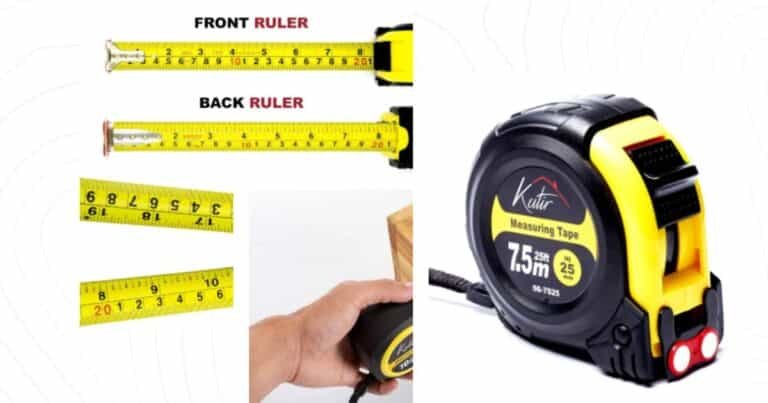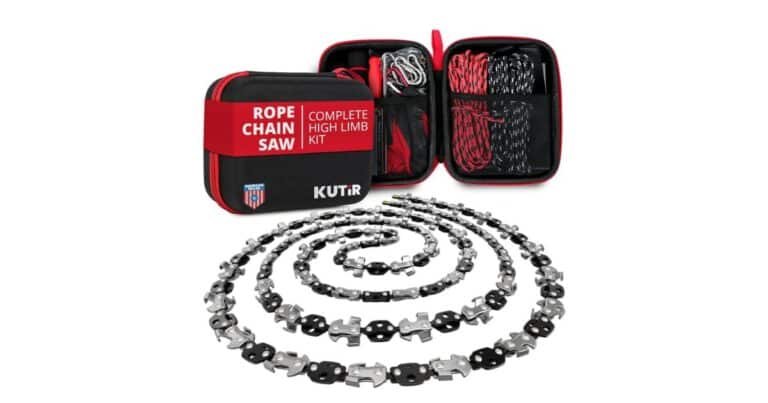There’s nothing more frustrating than needing to fix something at home, only to realize you don’t have the right tool for the job. Whether it’s a leaky faucet, a crooked picture frame, or a wobbly chair, everyday problems around the house pop up when you least expect them. That’s why having a well-equipped set of basic tools is more than just convenient, it’s essential.
Having the right tools at home gives you the freedom to solve problems on your own, save money on small repairs, and stay prepared for unexpected fixes. You don’t need a professional-grade workshop. Just a few reliable tools can help you handle common tasks with confidence and ease, from hanging shelves to tightening loose hardware.
At Kutir Tools, we understand the value of quality and practicality. We design tools that are built to perform, whether you’re a seasoned DIYer or just starting your home toolkit.
Let’s walk through the top 10 essential tools every household should have, and why they deserve a permanent spot in your drawer or toolbox.
10 Must-Have Home Tools Every Household Should Have
1. Tape Measure
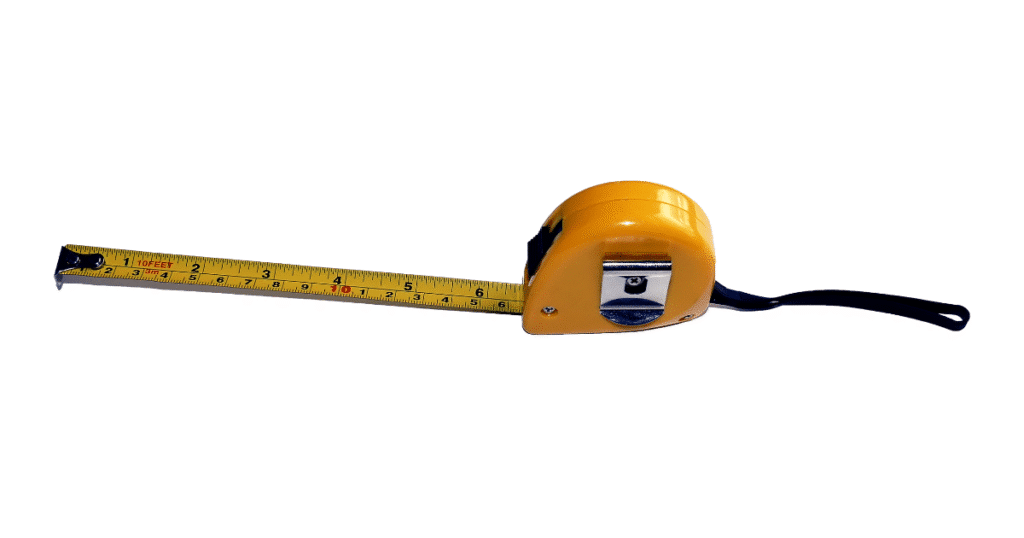
A tape measure is a flexible, retractable ruler used for measuring length, width, or height in everyday tasks. It’s small enough to carry in a pocket but strong enough to help with anything from home repairs to furniture placement. Every DIY project starts with good measurements and this tool makes sure you get them right.
What It’s Used For:
- These essential household tools help measure wall length before buying wallpaper
- You can confirm window dimensions for blinds or curtains
- Calculating space for new furniture or appliances
- Planning layout for shelves, hooks, or photo frames
- Marking cut points on wood, tiles, or fabric
Why It’s Essential:
A tape measure helps prevent guesswork. It ensures that everything in your home from furniture to fixtures, fits exactly as intended. By giving you accurate numbers, it helps avoid wasted materials, incorrect purchases, and time-consuming redos. It’s one of the simplest tools, but one that supports almost every home task.
Quick Buying Advice:
Go for a 25-foot tape with a broad, stiff blade for extended reach and clear markings. A magnetic hook and smooth locking mechanism make solo measuring easier.
Estimated Cost:
$10 to $25, depending on brand, length, and features.
Maintenance Tips:
- Wipe off dirt or moisture after use to prevent rust
- Don’t let the blade snap back too fast as it can damage the coil
- Keep the hook straight and snug for accurate measurements
- Store it in a dry toolbox or drawer
- Occasionally, check the blade for cracks or fading numbers
2. Hand Chainsaw
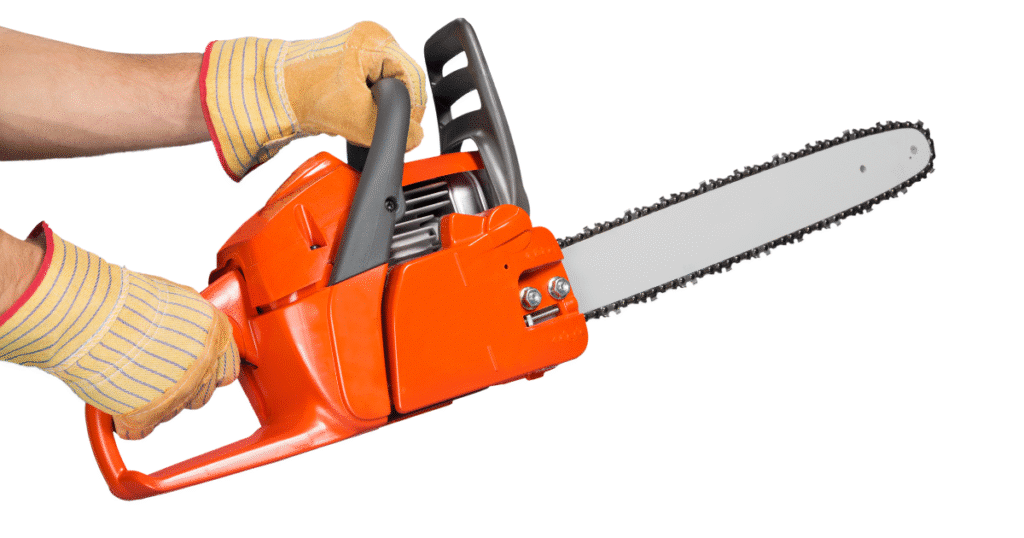
A hand chainsaw is a flexible chain with cutting teeth and handles on both ends. It’s used to cut high or hard-to-reach tree branches while staying safely on the ground, no ladder or power tools needed.
What It’s Used For
- Reaching up and cutting thick branches without climbing a ladder
- Cleaning up fallen limbs after a storm hits your yard
- Trimming back trees that are too close to your house or fence
- Pruning overgrown branches when you don’t have power tools around
- Cutting firewood on a camping trip or in places without electricity
Why It’s Essential
It gives you the ability to trim or cut trees safely without climbing or using heavy equipment. Ideal for emergency situations, storm cleanup, or regular yard work, it offers full control with minimal risk. It’s also compact, making it easy to store in a drawer, car, or backpack for outdoor use.
Quick Buying Advice:
Look for a chainsaw with heat-treated carbon steel teeth and strong, non-slip handles. Choose a 48- to 72-inch chain for better reach and smoother cutting.
Estimated Cost:
$20 to $40, depending on chain length and material quality.
Maintenance Tips:
- Clean the chain after each use to remove sap and debris
- Dry it fully to avoid rusting
- Store in a pouch or dry place
- Sharpen cutting teeth if performance drops
- Avoid using on frozen or metal-laced wood
3. Claw Hammer
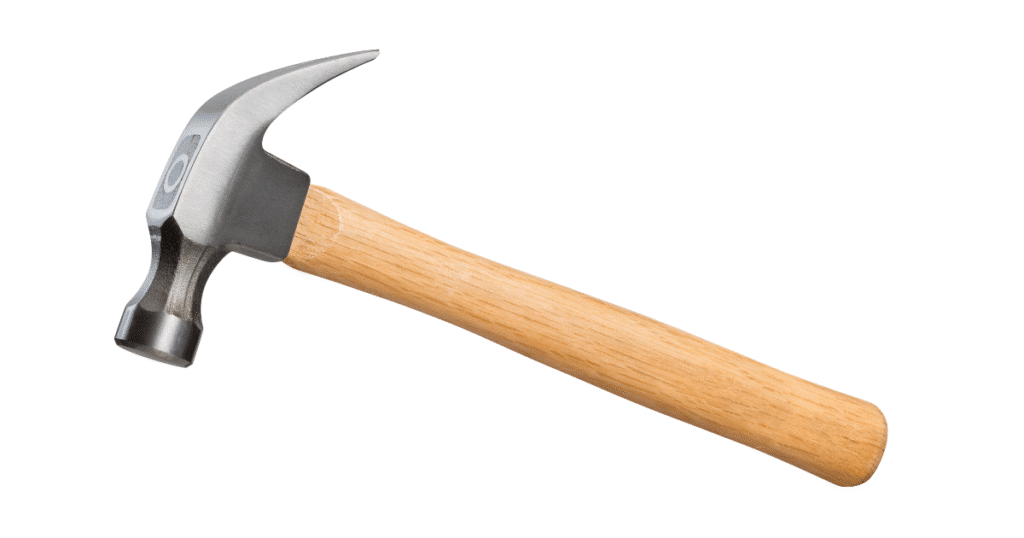
A claw hammer is a heavy-duty hand tool with a flat head on one side for pounding nails, and a curved claw on the other for pulling them out. It’s a go-to tool for everyday home fixes, quick repairs, and small construction tasks.
What It’s Used For
- You can use it to drive nails into wood for shelves, frames, or curtain rods.
- It helps remove old or bent nails without damaging the surface.
- You can break down small wooden items like crates or damaged panels.
- It’s great for tightening loose furniture by tapping parts back into place.
- You can align wood pieces in DIY builds with light, controlled taps.
Why It’s Essential
A claw hammer gives you control without needing electricity or batteries. It’s always ready to use, whether there’s power or not. The solid head delivers force that’s just right for home projects, not too heavy, not too light.
You can use it in tight corners where bigger tools won’t fit. It’s also simple to learn, making it useful for beginners and reliable for experienced DIYers. Few tools are this handy in so many small repair jobs.
Quick Buying Advice
Choose a 16-ounce hammer with a forged steel head and a non-slip, shock-absorbing grip. It should feel balanced and comfortable in your hand.
Estimated Cost
$10 to $25, depending on handle type and build quality.
Maintenance Tips
- Wipe the head clean after each use to prevent rust
- Check the handle for cracks, especially if it’s wooden
- Store it in a dry area to protect both the metal and the grip
- Don’t use it on hard metals or concrete, it’s meant for wood
- Occasionally, tighten or replace the handle if it becomes loose
4. Adjustable Wrench (Crescent Wrench)
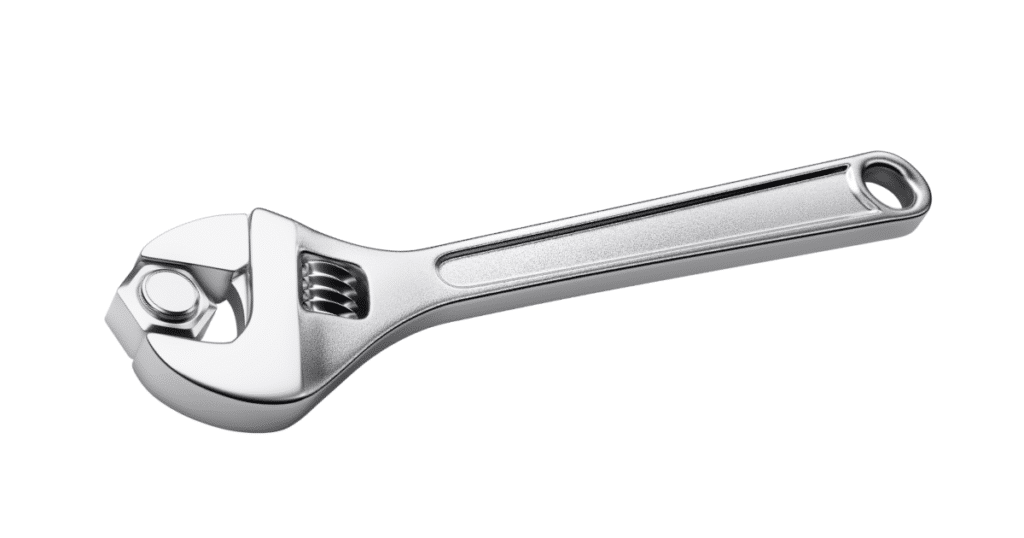
An adjustable wrench is a hand tool with a movable jaw that fits different sizes of nuts and bolts. It’s perfect for plumbing, bike repairs, and minor mechanical fixes around the house.
What It’s Used For:
- You can use it to tighten or loosen nuts on sinks, faucets, or pipe fittings.
- It helps adjust bolts on bikes, furniture, or outdoor equipment.
- You can fix leaky connections without needing a full wrench set.
- It’s handy for assembling or repairing metal frames or shelves.
- You can grip odd-sized fasteners when other tools don’t fit right.
Why It’s Essential:
This wrench replaces multiple fixed-size tools, so you only need one for many jobs. Its adjustable jaw saves space in your toolbox and helps in tight or awkward spaces.
It’s beneficial when you’re unsure of the bolt size or don’t want to carry an entire set. For quick, on-the-spot repairs, it’s a competent and reliable addition to your basic home toolkit.
Quick Buying Advice:
Choose these daily life tools with a smooth-turning adjustment wheel and a sturdy, non-slip handle. A 6 to 10-inch size is ideal for home use.
Estimated Cost:
$12 to $25, depending on size and build quality.
Maintenance Tips:
- Wipe it clean after each use to prevent rust buildup.
- Occasionally, oil the adjustment wheel to keep it turning smoothly.
- Avoid over-tightening to protect the jaw from damage.
- Store in a dry place to extend the tool’s life.
- Check for jaw slippage before each use for safety.
5. Pliers (Combination or Slip-Joint)
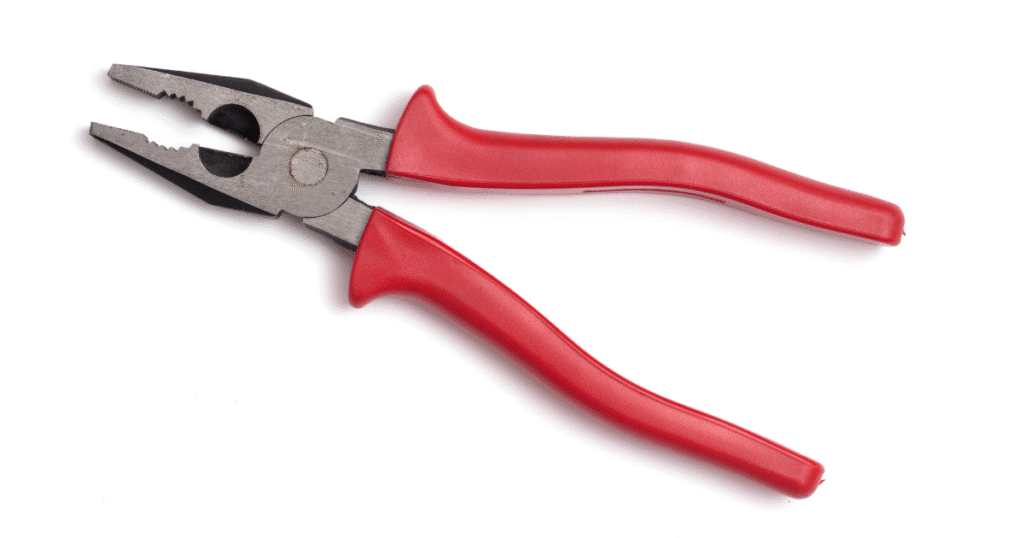
Pliers are gripping tools used to hold, twist, bend, or cut wires and other materials. Slip-joint or combination types can adjust to handle small or larger objects, making them useful for many household fixes.
What It’s Used For:
- You can use it to grip nails, screws, or bolts while turning or pulling.
- It helps hold small parts steady when gluing or assembling items.
- You can twist or bend wires when installing lights or fixing appliances.
- It works well for removing small stuck items like bottle caps or clips.
- You can cut thin cables or zip ties using the built-in cutter section.
Why It’s Essential:
Pliers give you hand strength and control for jobs where fingers just can’t grip tightly enough. The adjustable jaw makes it more versatile than fixed-size tools.
It’s beneficial for basic electrical work, stubborn parts, or handling anything too small or sharp. You’ll likely reach for it during quick fixes, especially when precision or grip is essential.
Quick Buying Advice:
Choose pliers with a strong steel build, cushioned handles, and a smooth slip-joint. Go for rust-resistant finishes if you’ll use them outdoors.
Estimated Cost:
$8 to $20, depending on size and quality.
Maintenance Tips:
- Wipe after use to remove dust, grease, or moisture.
- Apply a drop of oil to the joint to keep it moving freely.
- Don’t use hardened steel or thick cables as it can damage the jaws.
- Store in a dry place to avoid rust.
- Keep away from extreme heat to prevent warping.
6. Level (Spirit or Laser)
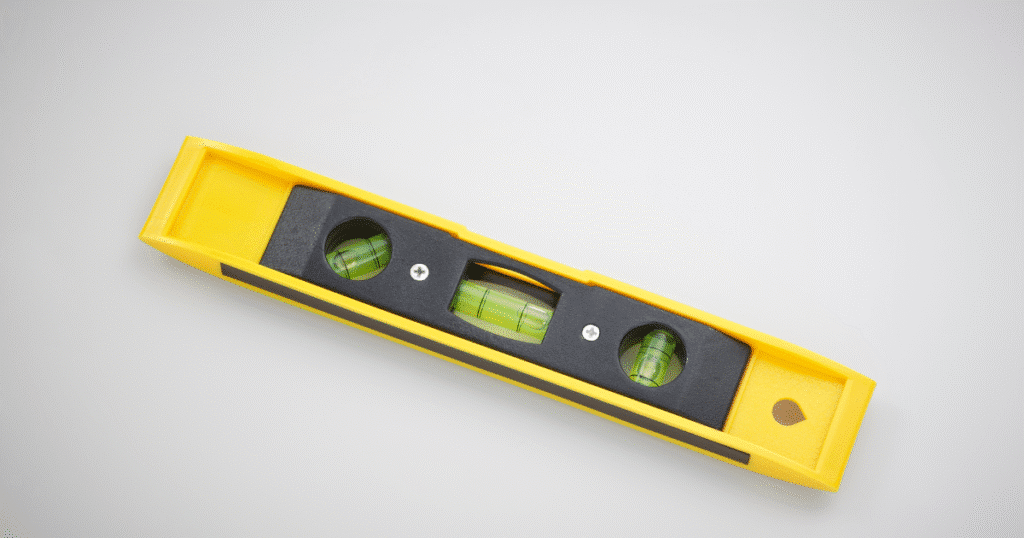
A level is a tool used to check if a surface is straight, flat, or evenly aligned. Whether you use a basic bubble (spirit) level or a laser one, it helps keep everything perfectly horizontal or vertical.
What It’s Used For:
- You can use it to hang picture frames so they don’t tilt to one side.
- It helps install shelves evenly across walls or corners.
- You can check if your washing machine or furniture sits level on the floor.
- It’s great for aligning tiles, countertops, or wall-mounted fixtures.
- You can use it during DIY builds to keep edges straight and balanced.
Why It’s Essential:
Even a slight tilt can make shelves, photos, or appliances look off and cause problems later. A level helps you get things straight the first time, so you don’t need to redo the work.
It also prevents damage caused by uneven setups, like wobbly furniture or water pooling in one direction. This tool makes every project look cleaner and more professional.
Quick Buying Advice:
Pick a 12–24 inch spirit level for most home tasks. For longer walls or outdoor work, a self-leveling laser level adds extra ease and precision.
Estimated Cost:
$10 to $40, depending on type and size.
Maintenance Tips:
- Wipe clean after each use to keep the vials visible.
- Store flat to protect the straight edges.
- Avoid dropping it; even small dents can affect accuracy.
- Check the bubble position before each job to make sure it reads true.
- Keep laser models charged and stored in a protective case.
7. Cordless Drill/Driver
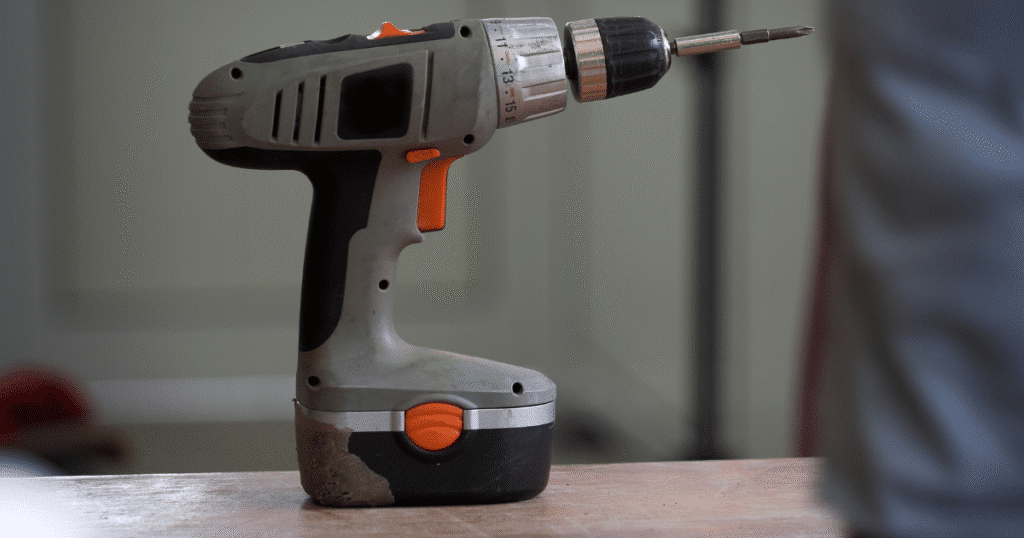
A cordless drill/driver is a battery-powered tool used to drill holes and drive screws. It’s fast, easy to handle, and perfect for everything from furniture assembly to light renovation work.
What It’s Used For:
- You can use it to drill holes in wood, drywall, or plastic for shelves or wall anchors.
- It helps drive screws quickly when assembling furniture or hanging items.
- You can remove screws just as easily during repairs or adjustments.
- It’s great for tightening loose cabinet hinges or drawer handles.
- You can also use it with attachments for light sanding, polishing, or mixing.
Why It’s Essential:
This tool saves time and effort on nearly any task involving screws or drilling. It’s much faster and less tiring than using a manual screwdriver.
Since it’s cordless, you can move around freely without searching for outlets. It’s helpful for home repairs, upgrades, and DIY tasks, even for people with little experience. One charge often lasts through several jobs.
Quick Buying Advice:
Choose an 18V or 20V drill with variable speed, multiple torque settings, and a reliable lithium battery. A built-in LED light is a useful extra.
Estimated Cost:
$40 to $120, depending on power, features, and battery quality.
Maintenance Tips:
- Keep the battery charged, but don’t overcharge it.
- Store it in a dry place away from extreme heat or cold.
- Use the right drill bit for the job to avoid motor strain.
- Clean the vents regularly to prevent overheating.
- Tighten the chuck before every use to keep bits secure.
8. Plunger

A plunger is a simple tool used to clear clogs in toilets, sinks, and drains. It works by creating suction and pressure to dislodge blockages without needing chemicals or a plumber.
What It’s Used For:
- You can use it to unclog a toilet when water won’t flush properly.
- It helps clear slow or backed-up sink drains in kitchens or bathrooms.
- You can fix bathtub or shower drain blockages caused by hair or soap.
- It’s useful during emergencies when water starts to overflow.
- You can restore normal water flow without damaging your pipes.
Why It’s Essential:
A plunger helps you solve one of the most common and frustrating home problems, such as clogged drains, without needing immediate professional help.
It works fast and costs nothing to use. Keeping one nearby can save you time, money, and mess when plumbing issues come up unexpectedly. It’s a must for every bathroom and kitchen.
Quick Buying Advice:
Pick a heavy-duty rubber plunger with a flange (narrow end) for toilets. Cup-only plungers work better for sinks and tubs.
Estimated Cost:
$5 to $20, depending on size and design.
Maintenance Tips:
- Rinse thoroughly after each use and disinfect with a cleaner.
- Let it air dry before storing to avoid odors.
- Keep it in a ventilated spot or container for hygiene.
- Check for cracks in the rubber and replace if worn.
- Don’t use the same plunger for sinks and toilets and keep one for each.
9. Utility Knife (with Extra Blades)

A utility knife is a sharp, retractable cutting tool used for quick, precise cuts. It’s ideal for opening boxes, trimming materials, and handling detail work that scissors can’t manage.
What It’s Used For:
- You can use it to open sealed boxes and packages without damaging what’s inside.
- It helps trim wallpaper, carpet edges, or vinyl flooring during home projects.
- You can cut zip ties, rope, or plastic wrapping with minimal effort.
- It’s great for sharpening pencils, craft work, or shaping foam and insulation.
- You can score drywall or cardboard to make cleaner, straighter cuts.
Why It’s Essential:
A utility knife offers sharp, precise control that’s hard to get from scissors or kitchen knives. It’s useful for both everyday tasks and more detailed home projects. With replaceable blades, it stays sharp over time and saves you from using tools that aren’t made for cutting.
It’s compact, easy to store, and surprisingly versatile for how simple it looks.
Quick Buying Advice:
Look for a metal or heavy-duty plastic body with a quick blade-change feature. A comfortable grip and blade lock make it safer to use.
Estimated Cost:
$8 to $25, depending on build quality and blade system.
Maintenance Tips:
- Replace dull blades regularly for clean cuts and safety.
- Retract the blade fully when not in use to avoid injury.
- Keep the knife dry and clean to prevent rust on the blade.
- Store in a safe spot, away from children.
- Use a proper cutting surface to avoid damaging the blade edge.
10. Stud Finder
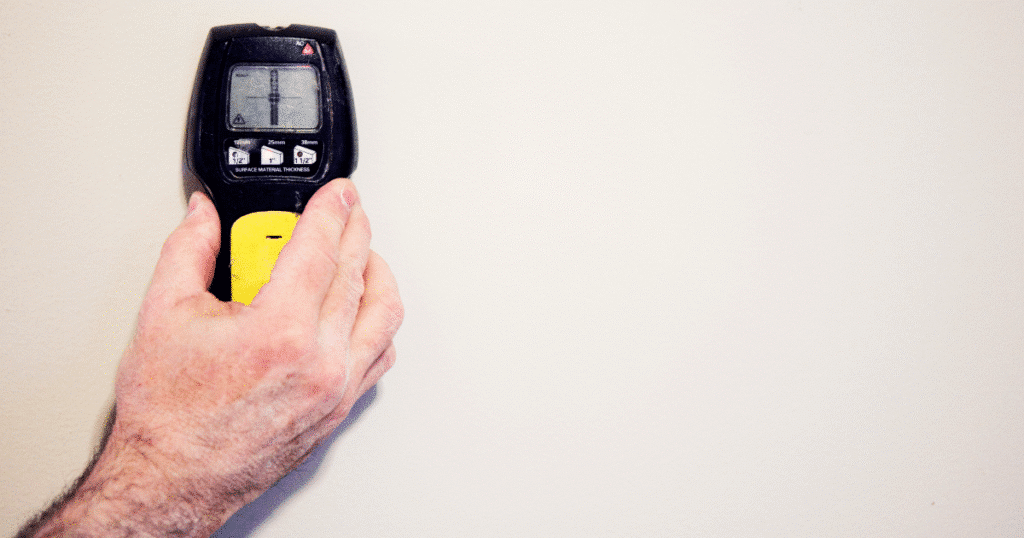
A stud finder is a handheld device used to locate wooden studs behind drywall. It helps you safely anchor heavy items like shelves, TVs, or mirrors without damaging the wall.
What It’s Used For:
- You can use it to find the best spot to drill when mounting shelves or TV brackets.
- It helps detect studs behind walls so screws don’t fall out later.
- You can avoid hitting electrical wires or empty wall spaces by scanning first.
- It’s useful for hanging heavy mirrors or cabinets with secure support.
- You can mark stud positions quickly before starting any wall project.
Why It’s Essential:
Anchoring into drywall without hitting a stud can cause items to fall or tear the wall. A stud finder helps you work with accuracy and confidence.
It also prevents damage by reducing the chance of drilling in the wrong place. Whether you’re mounting décor or doing renovation work, this tool ensures safety and proper support.
Quick Buying Advice:
Choose a digital model with edge and center detection. Some also include wire sensors for added safety.
Estimated Cost:
$15 to $40, depending on accuracy and extra features.
Maintenance Tips:
- Keep the sensor surface clean for better wall contact.
- Store it in a case or drawer to avoid drops or dust buildup.
- Replace the batteries as soon as the signal weakens.
- Calibrate it before each use according to the instructions.
- Avoid using it on wet or textured walls as it may give false readings.
In Closing
Building a small, reliable toolkit at home isn’t just about convenience. It’s about being prepared, independent, and efficient. From hanging a frame to handling quick fixes, these essential tools make everyday tasks simpler and safer.
Each one serves a unique purpose and plays a role in keeping your home running smoothly.
At Kutir Tools, we’re here to help you get started with the right tools, crafted for quality, built for results, and priced for everyone. Explore our collection today and upgrade your toolkit with gear you can trust, project after project.
Frequently Asked Questions
1. Do I need to buy all these tools at once?
Answer: Not necessarily. Start with the ones you’ll use most often, like a tape measure or screwdriver. You can build your toolkit gradually as needs come up.
2. What’s the difference between cheap and premium tools?
Answer: Premium tools usually last longer, perform better, and feel more comfortable to use. Cheap tools might save money upfront, but often break or wear out quickly.
3. Are Kutir Tools suitable for beginners?
Answer: Yes! Kutir designs tools that are simple to use but durable enough for serious tasks. They’re great whether you’re just starting or expanding your kit.
4. How should I store my tools at home?
Answer: Keep them in a toolbox, drawer, or storage case in a dry place. Staying organized helps you find what you need quickly and protects your tools from damage.

